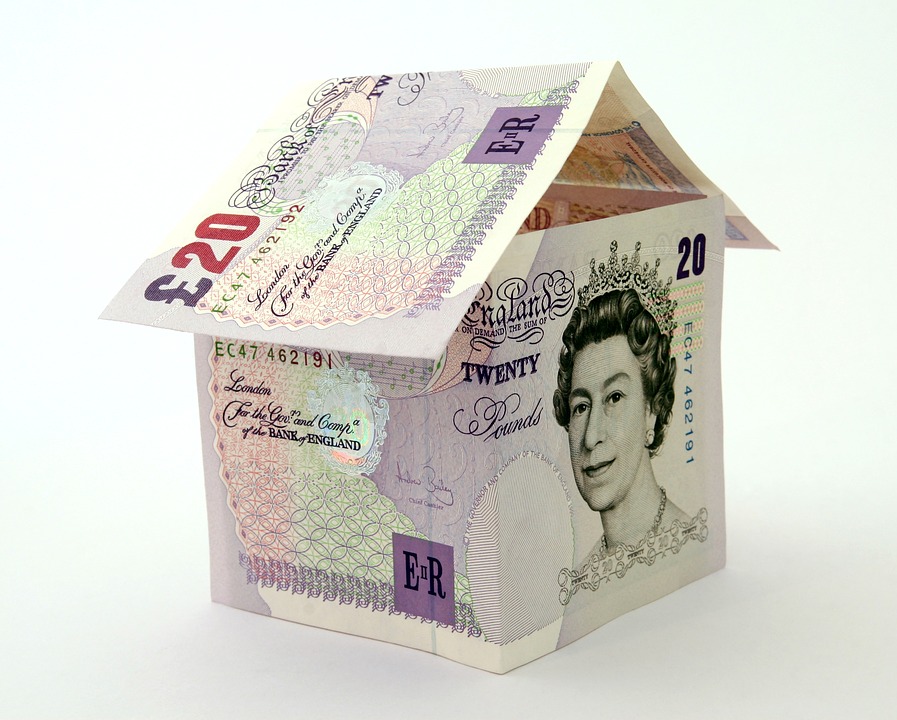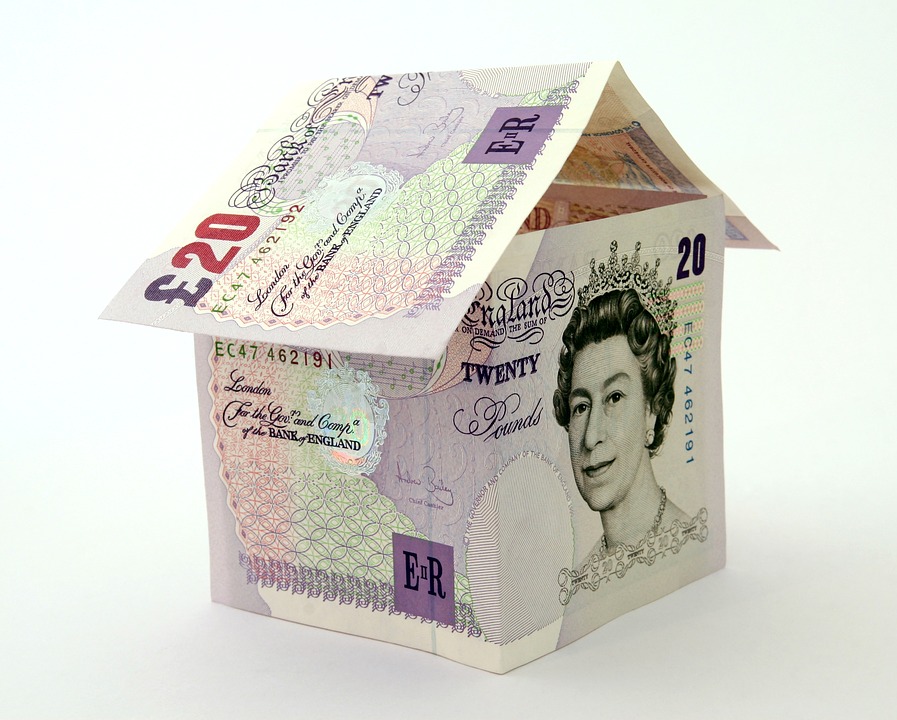THE north’s housing market showed some signs of cooling in May with sales returning to 2019 levels.
HMRC estimates there were 2,530 residential property transactions during the month, on par with April 2021.
Although 368 per cent higher than May 2020, the figure is just three per cent above the 2,450 sales from 2019.
That compares with with the first four months of 2021, where sales were 34.6 per cent above the same period in 2019.
To find out more about how we can assist you with your Mortgage requirements, please click here to get in touch
Even so, it continues the 2021 trend in Northern Ireland, with each month posting the strongest sales figures since 2007.
Overall, home sales for the first five months of 2021 are 28 per cent up on 2019, again the strongest performing start to the year for the industry since the property crash.
The surge in sales in 2021 is a combination of pent-up demand and savings built up during lockdown, coupled with incentives around stamp duty and government backed guarantees to encourage lending to first time buyers.
HMRC’s latest data released on Tuesday showed a broader cooling in the housing market across the UK with home sales slipping by four per cent between April and May.
Read about the UK Housing Market via our Specialist Residential & Buy to Let Division
Industry analysts said the monthly drop in sales was reflective of a pause in the market in response to the anticipated cut-off in the stamp duty concession.
The stamp duty holiday was due to end in March 2021 but was extended and will now be tapered into the autumn, before returning to normal levels.
Meanwhile HMRC’s data showed a greater weakening in Northern Ireland’s commercial property market during May.
The 260 non-residential property sales recorded for the month was 160 per cent up on 2020, but was below May figures posted for 2015-2019.
By Ryan McAleer
Source: Irish News
Discover our Mortgage Broker services.




